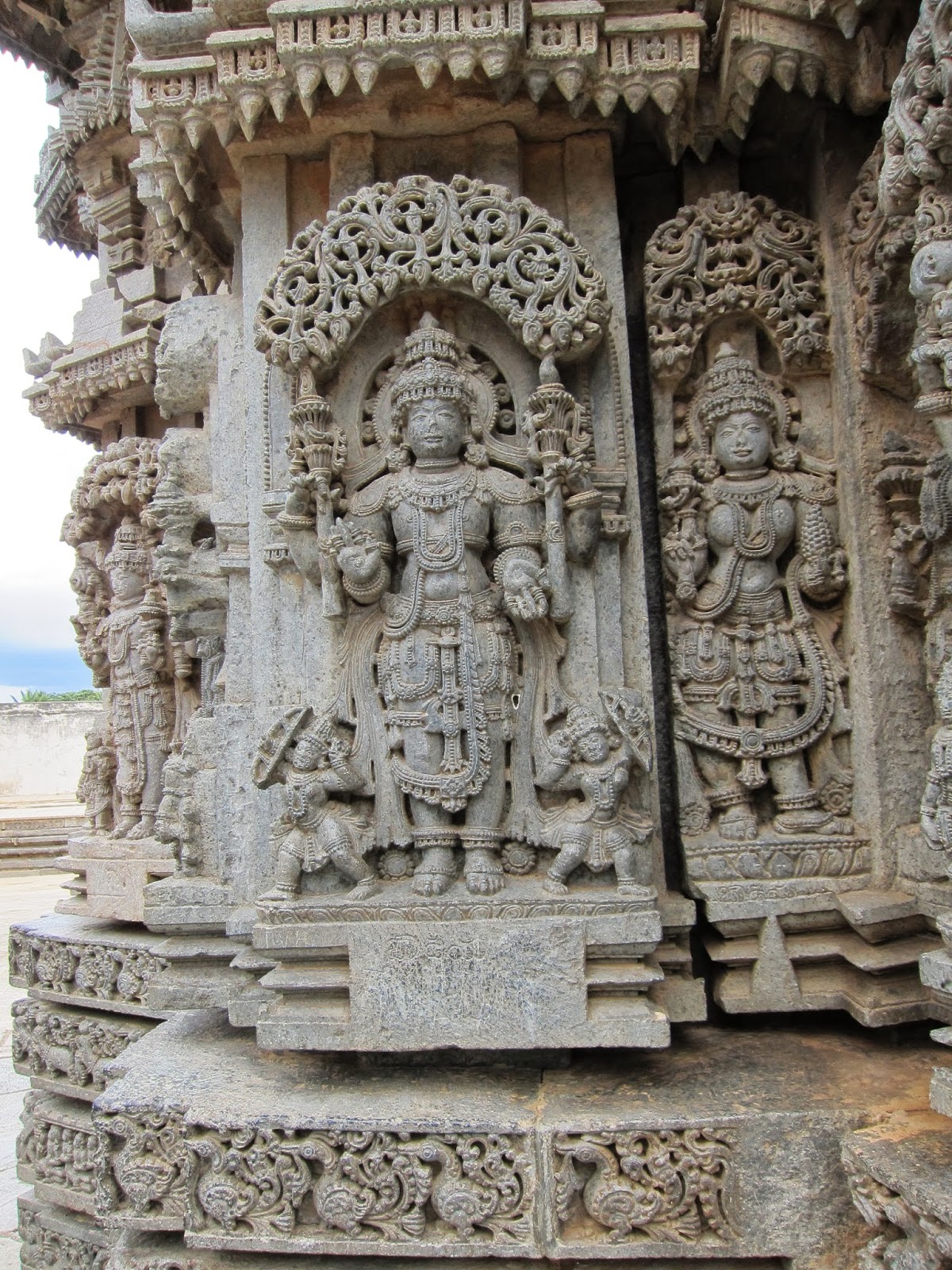The Hoysala empire: an ingenious twelfth century model of empire expansion and consolidation.
The Hoysala dynasty emerged in the 12th century in a small village called Angadi, Karnataka (South India), and over the next three hundred years expanded to cover a significant part of south India, consolidating its hold on tens of thousands of square kilometers of territory. How they expanded their empire is a fascinating story.
I was struck by the fact that this dynasty, more than any other dynasty in recorded Indian history, was a gargantuan temple-building spree that stretched over generations. This dynasty built over 1500 temples, each one an exquisite monument covered in ornate sculptures. After visits to some of these temples over a period of time, I pondered why this dynasty undertook this endeavor, and pieced together a theory to explain this massive multi-generational undertaking.
The standard operating procedure for empire expansion was through battles with other principalities. However, even after conquering a territory, there remained the problem of acceptance by the subdued populace, and this led to problems in consolidating hold over the territory, constant low intensity conflicts, and challenges in implementing a tax collection system and general resentment.
The Hoysalas solved all of these problems with an unusual and ingenious approach.
Once they conquered or claimed a territory, they launched the construction of a temple in that area and announced taxes to fund the construction project.
The temple construction project was well received by a generally devout population and the tax collection was seen as a fair since it was going toward a worthy cause. As the temple construction began, with hundreds of sculptors and laborers toiling away at the site, traders moved in to sell their wares like food grains, cloth and other other essentials to this new congregation. This led to the temple site transforming into a center of trade as villagers surrounding the temple began to make visits to the site, both for pilgrimage and to sell their wares and buy goods. Taxes on the trade contributed further to augmenting the treasury. By the time the temple construction was completed, the area had assumed the proportion of a small town with pilgrims and traders creating a robust local economy.
The temple conferred legitimacy and gratitude from the village folk within a radius of tens of kilometers. The taxes, both from agriculture and trade, became a valuable contribution to the treasury, enabling the regime to fund further expansion.
This strategy of temple building achieved many objectives over a conquered territory:
- conferring legitimacy
- putting in a place a tax collection administration and a stable revenue source.
- spurring economic activity and job creation in local economies.
This strategy enabled this dynasty to exercise unbroken rule for over 300 years, expand their territory immensely, and create some of the world's most beautiful temples. It is estimated that well over 1500 temples were constructed by this dynasty, though sadly, only about a 100 survive today. Belur and Halebid are just two of their masterpieces and the exquisite sculptures at these temples take one's breath away as we gaze upon their intricate detailing and perfectly proportioned carvings.
No other royal dynasty in recorded history has used this "business model" of empire expansion quite so effectively or created so many monuments of genius.




No comments:
Post a Comment